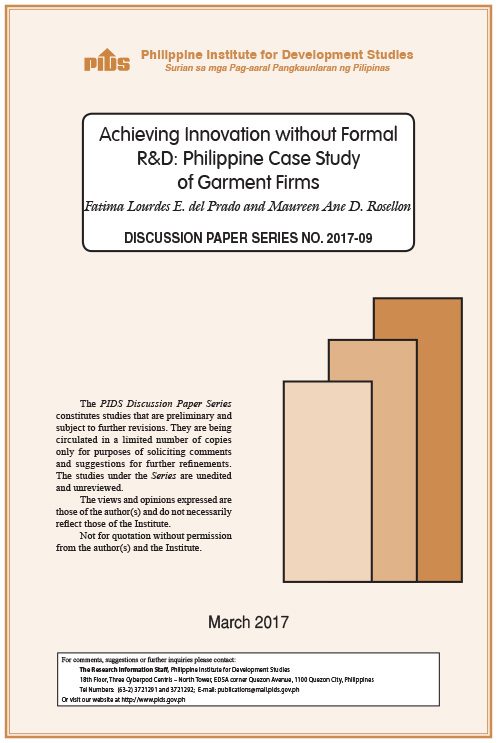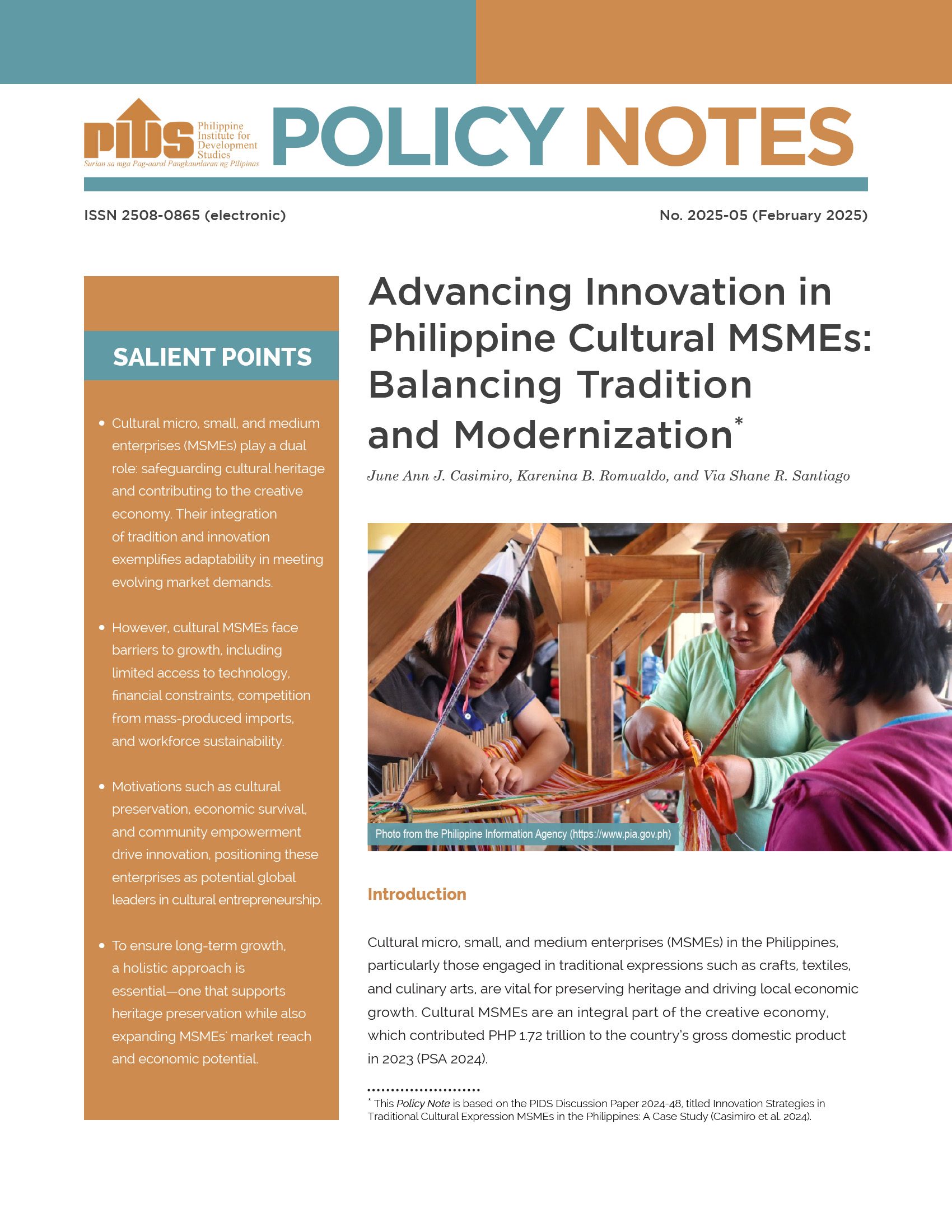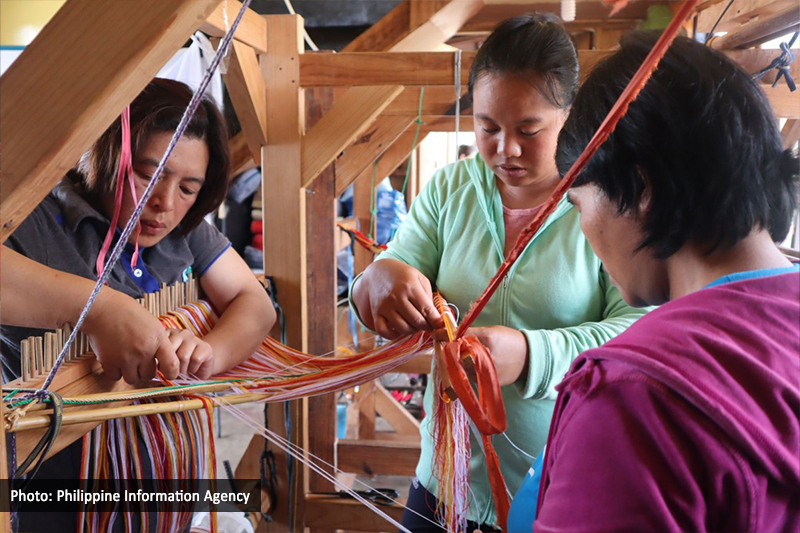It is widely acknowledged that technological innovations that can come from research and development (R&D) are crucial to industry competitiveness and sustained economic growth. Although R&D remains to be the central focus of policymaking and research, not all firms can afford and do R&D activities. Non-R&D innovation, which is a common economic phenomenon, is often ignored in the policy research arena. Using three case studies, this paper attempts to address this gap. It describes how firms in low-technology sector adapt to fast-changing industry needs and respond to market demands, and generate products and services at a lower cost and within shorter cycle-times without the aid of a traditional R&D program. Findings indicate product or process upgrading even without the presence of a formal R&D unit is possible. To be able to carry out upgrading/innovation activities, it is necessary to hire the appropriate personnel that will undertake specific tasks in order to execute the product specifications required by the clients. Machinery/technology acquisition was also found to be indispensable, as it not only allows the firms to produce the required product but it also makes production cost efficient. Finally, the business strategy or decision of the owner/manager of the firm also plays an important role on the decision to innovate.
Citations
This publication has been cited 2 times
- Albert, Jose Ramon et.al. 2017. Measuring and examining innovation in Philippine business and industry. Discussion Papers DP 2017-28. Philippine Institute for Development Studies.
- Philippine Information Agency. 2017. Technological innovation can be affordable for PH - PIDS. Philippine Information Agency.













